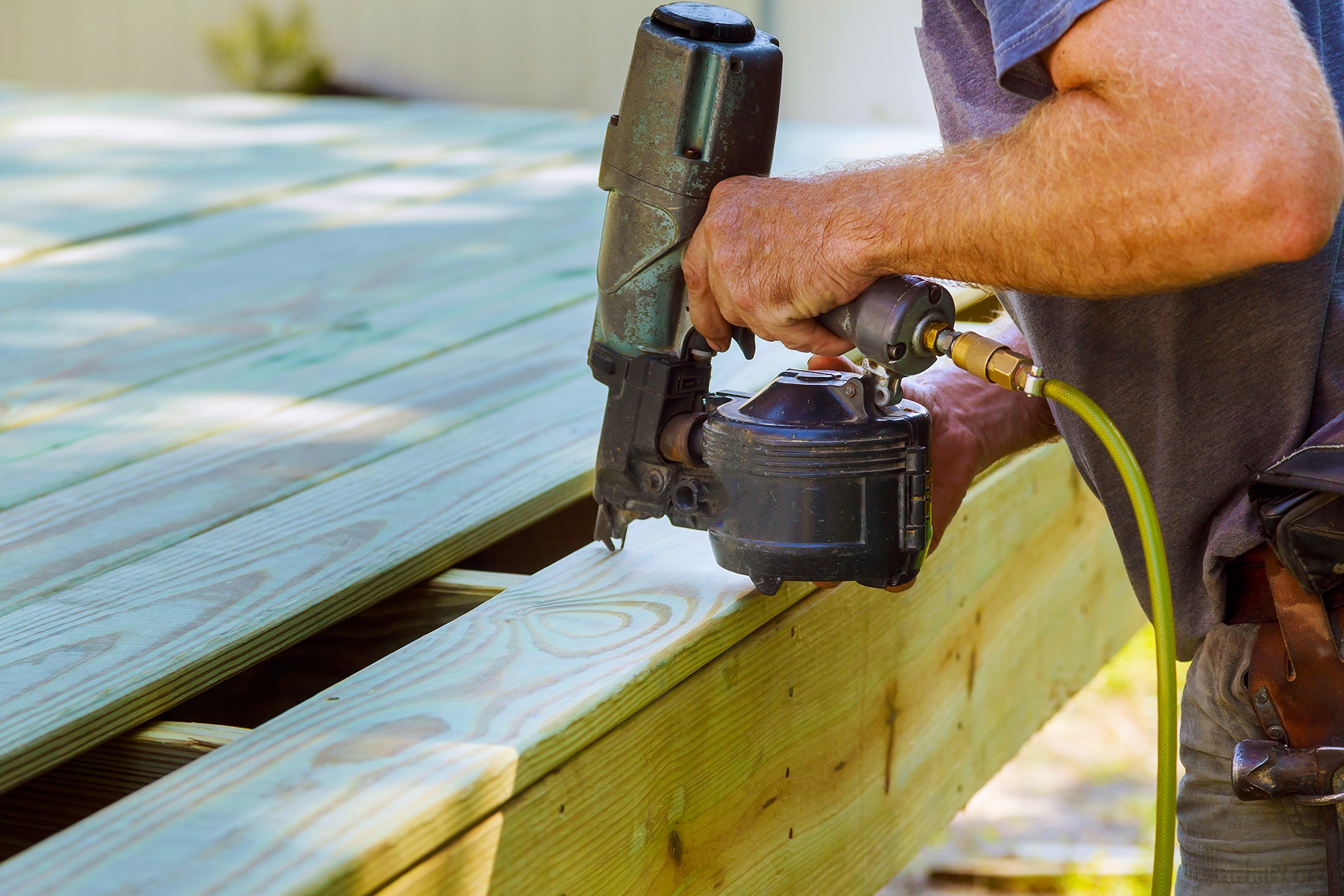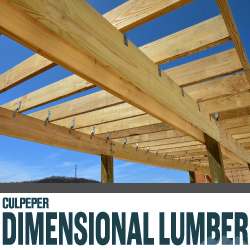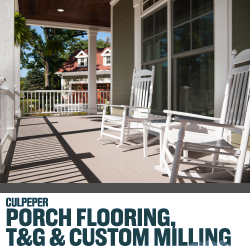- < Home
- |
- Resources
- |
- Product Education
- |
- Building Tips

- < Home
- |
- Resources
- |
- Product Education
- |
- Building Tips
Here are some tips to keep your project looking good
- To avoid cupping and ponding of water on the decking surface, do not use lumber greater than 6 inches in nominal width.
- Make sure the deck is properly elevated to ensure sufficient ventilation. When enclosing the underside of the deck, products such as CULPEPER LATTICE should allow for proper ventilation (good ventilation will help prevent cupping). Click here to learn more about proper ventilation.

- Before you begin nailing, lay out your lumber with the best-looking face exposed. Decide which pieces you want for visible areas and which pieces for understructure.
- Pre-drill the ends of deck boards anytime you get within the widths distance from the end of the board. This will help reduce end splitting.
- Screws offer advantages over nails for attaching decking to joists. Screws remain tight over time and allow for easy replacement of deck boards. Click here to learn more about choosing the right fasteners for your project.
- If the pressure treated wood is wet during construction, butt deck boards together. As drying occurs, some shrinkage can be expected. If the pressure treated wood is dry, allowing for shrinkage is not necessary. Click here for more information.
- Orient embedded support columns so only treated ends are in contact with the ground.
- Use only corrosion-resistant fasteners. Pressure treated wood products are designed for long-term performance in outdoor applications and, therefore, require high-quality, corrosion-resistant fasteners. For more information about fasteners, click here.
- Use an end-coat preservative to seal all end cuts. We suggest the following product, which meets the requirements listed in the AWPA M-4 standard and Kopper's warranty: Cut-n-Seal for Treated Wood. The new Cut-N-Seal formulation is a color-matched brush-on wood preservative for cuts and holes in treated wood. It protects exposed untreated wood against rot and decay in above ground applications. Click here to learn more about the importance of sealing end cuts.
- Follow all safety guidelines. For more information, click here.









